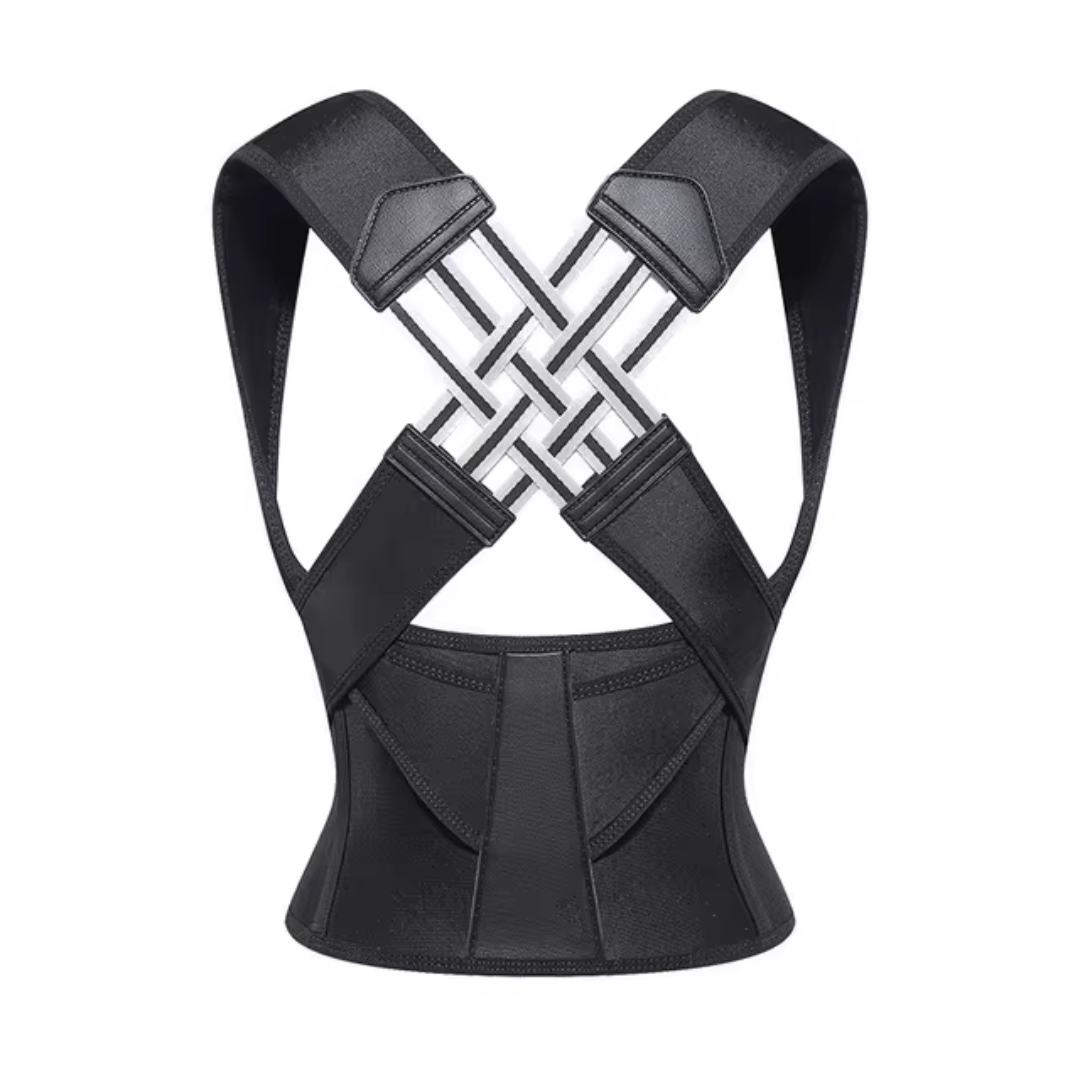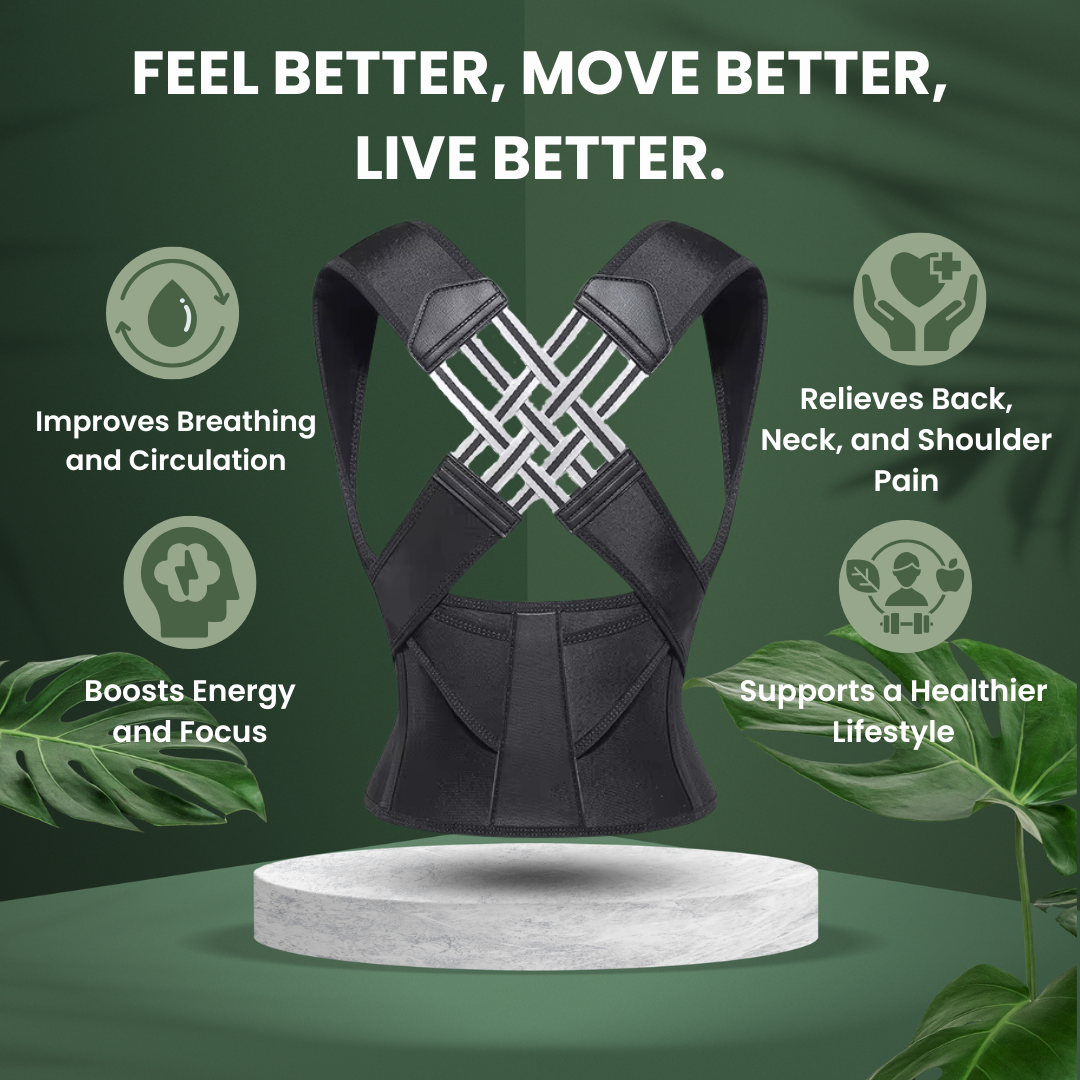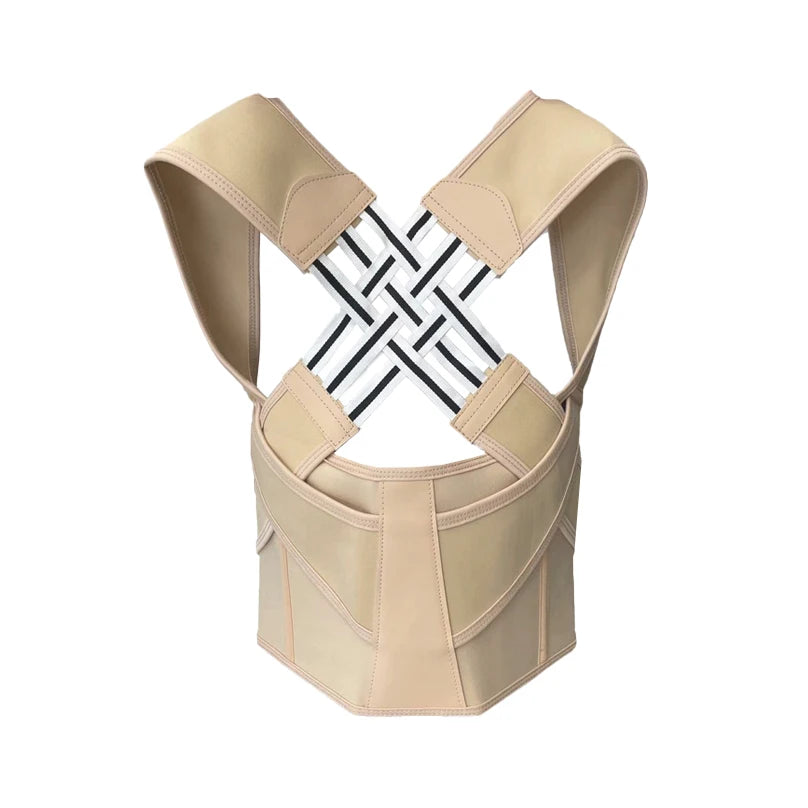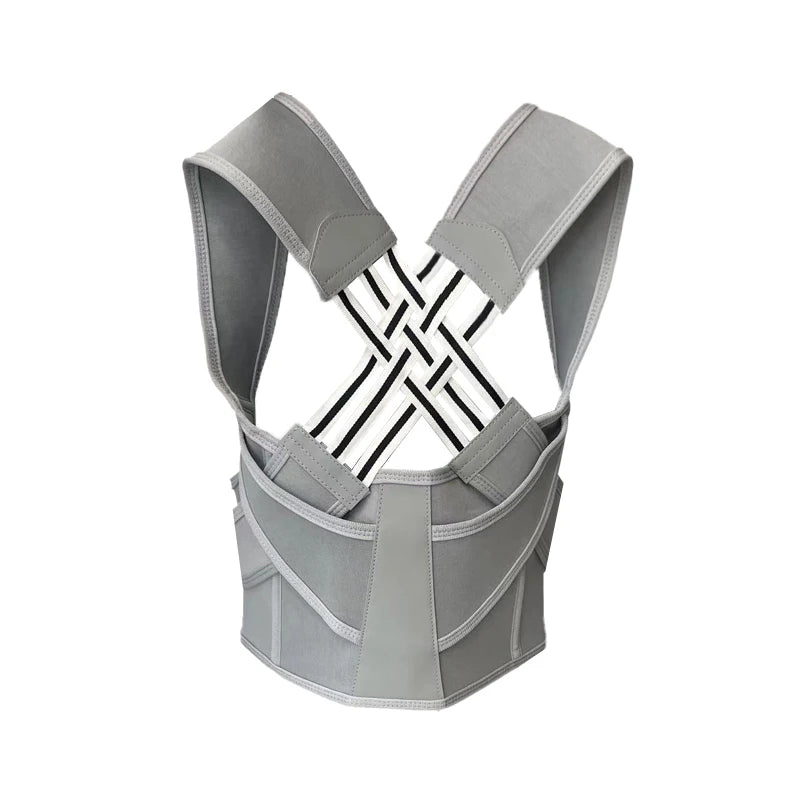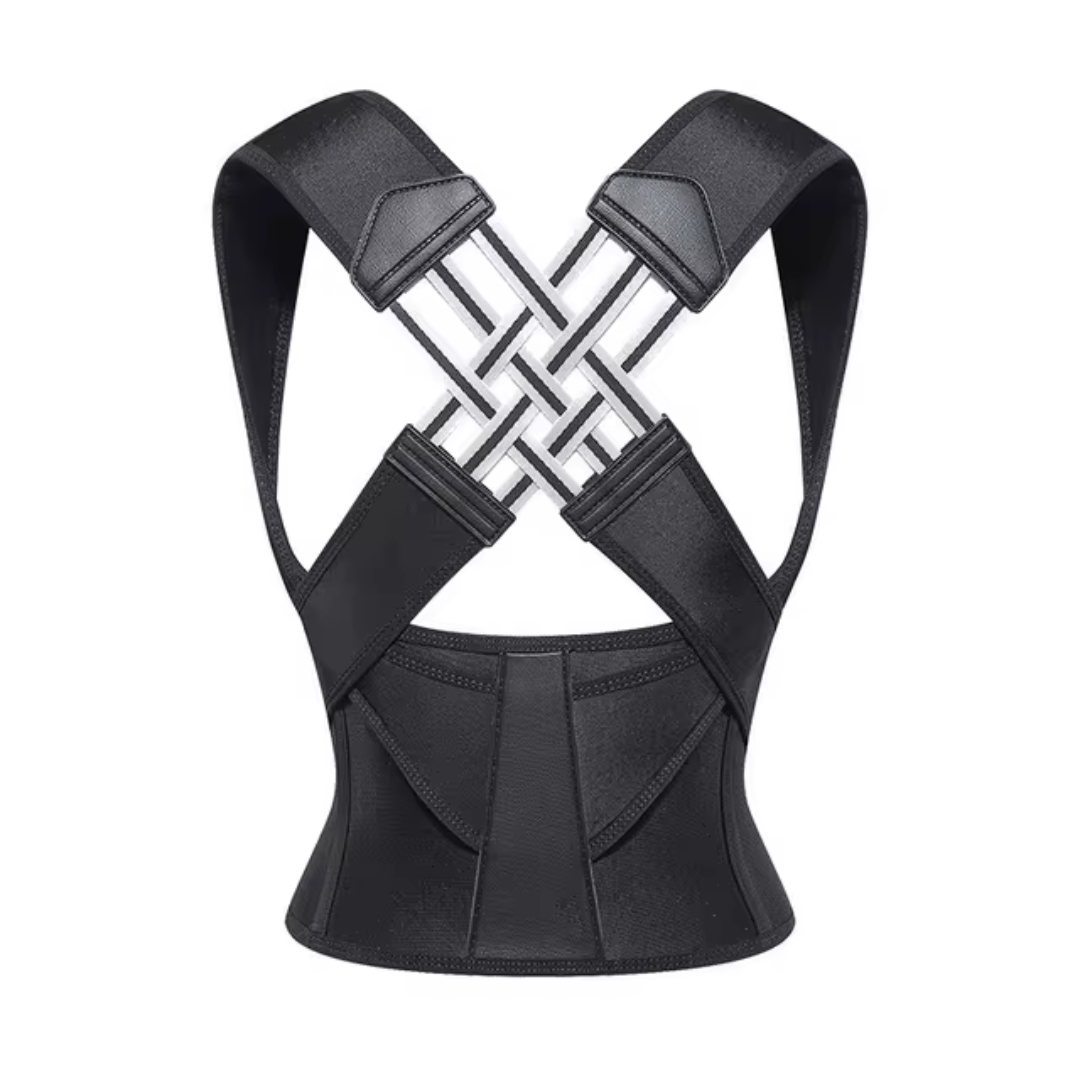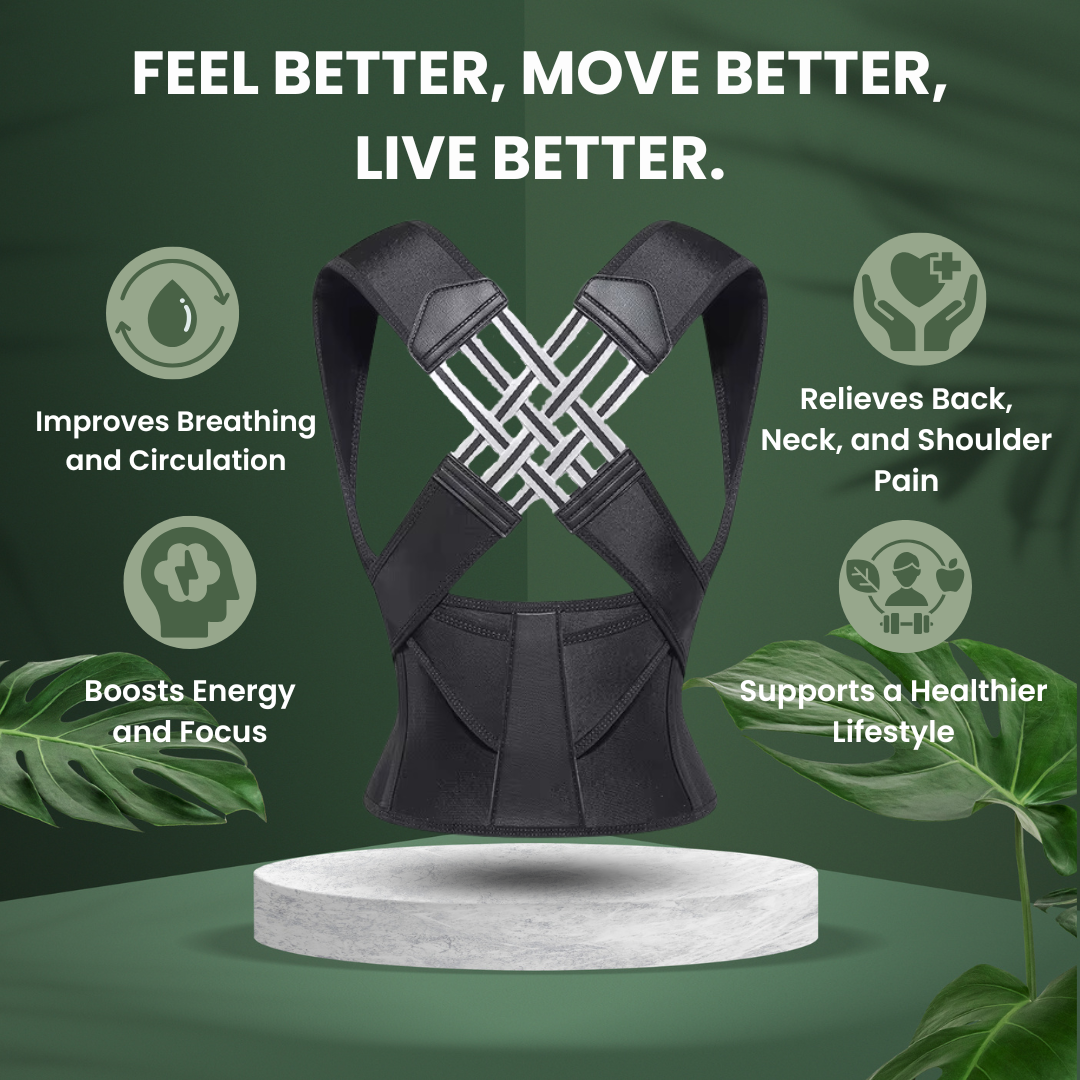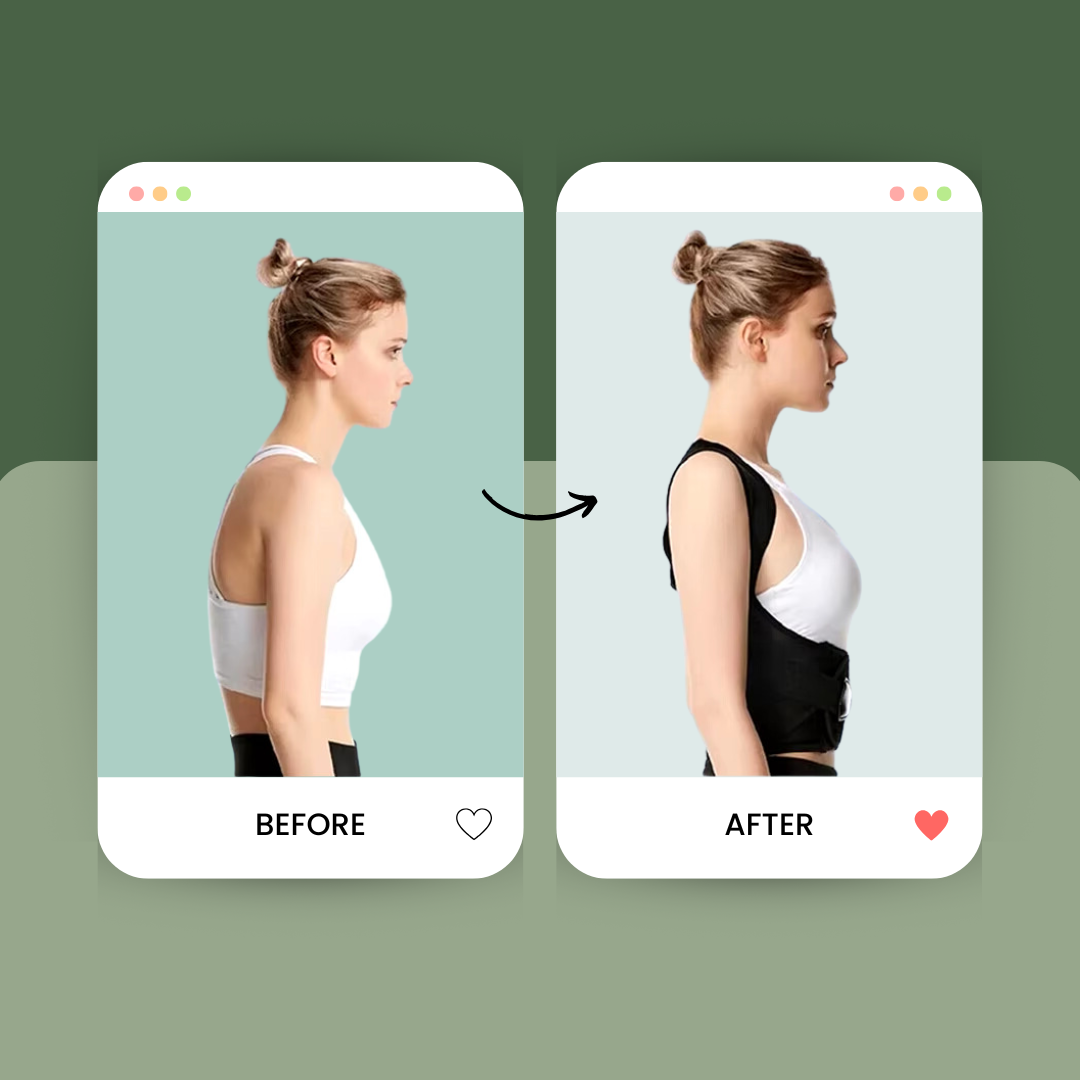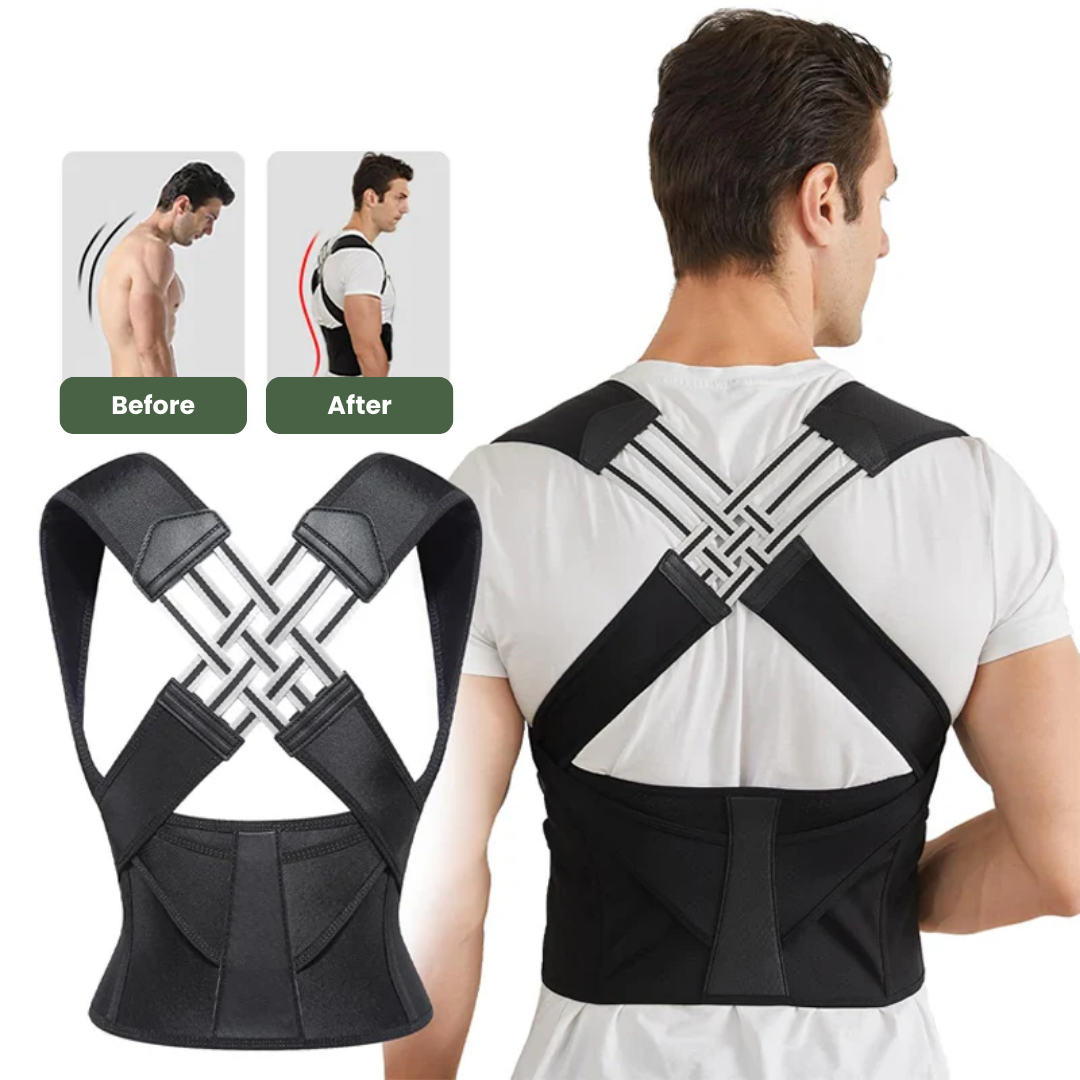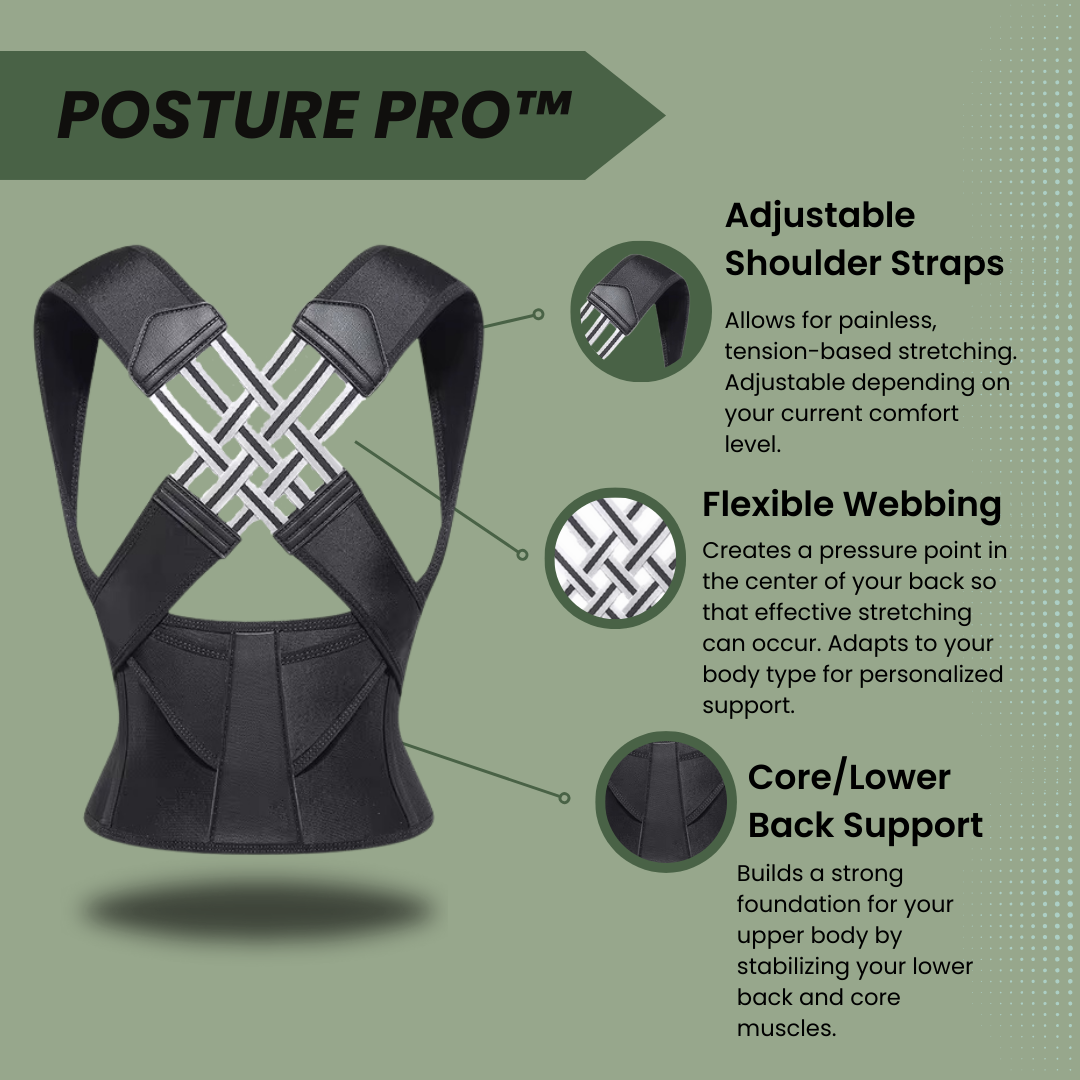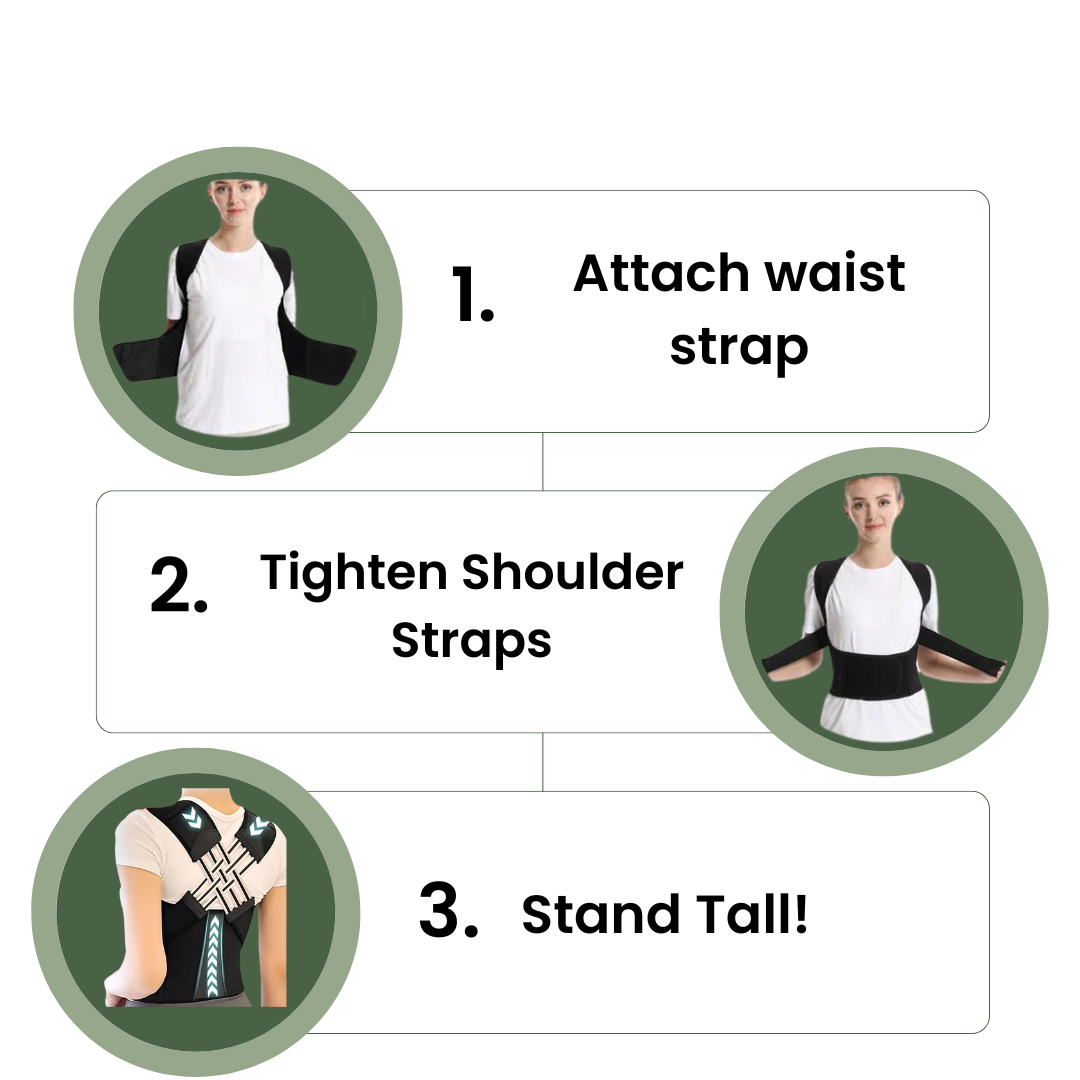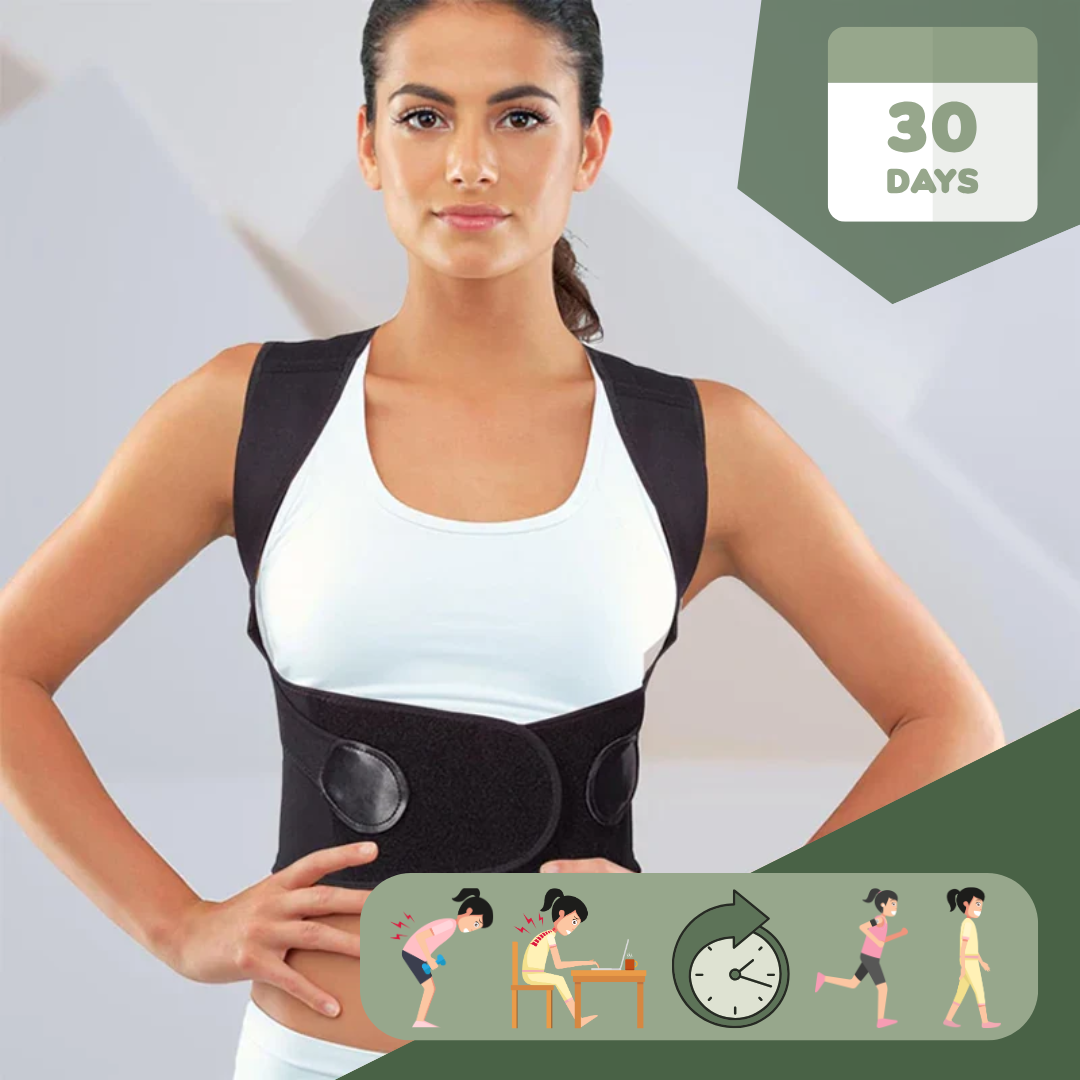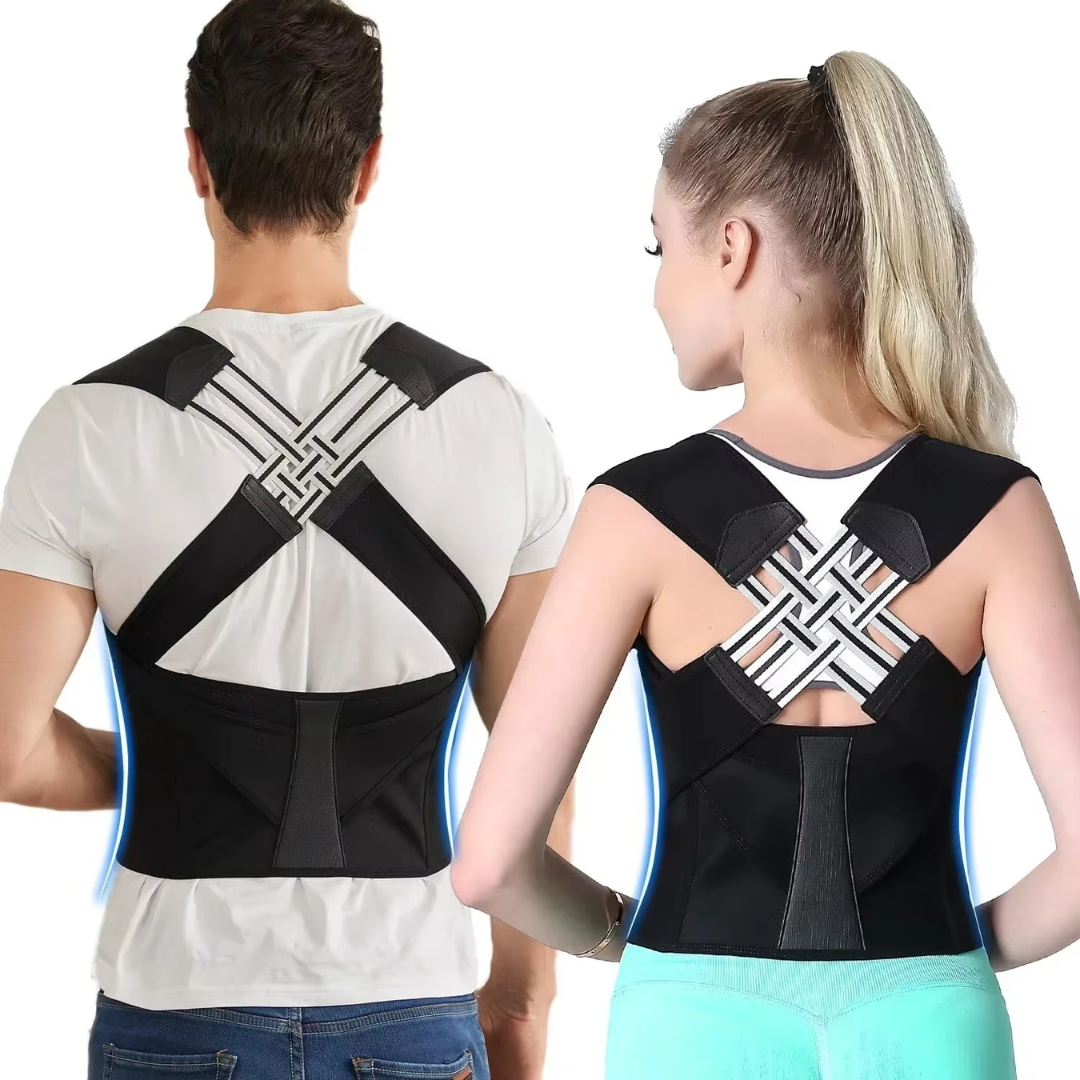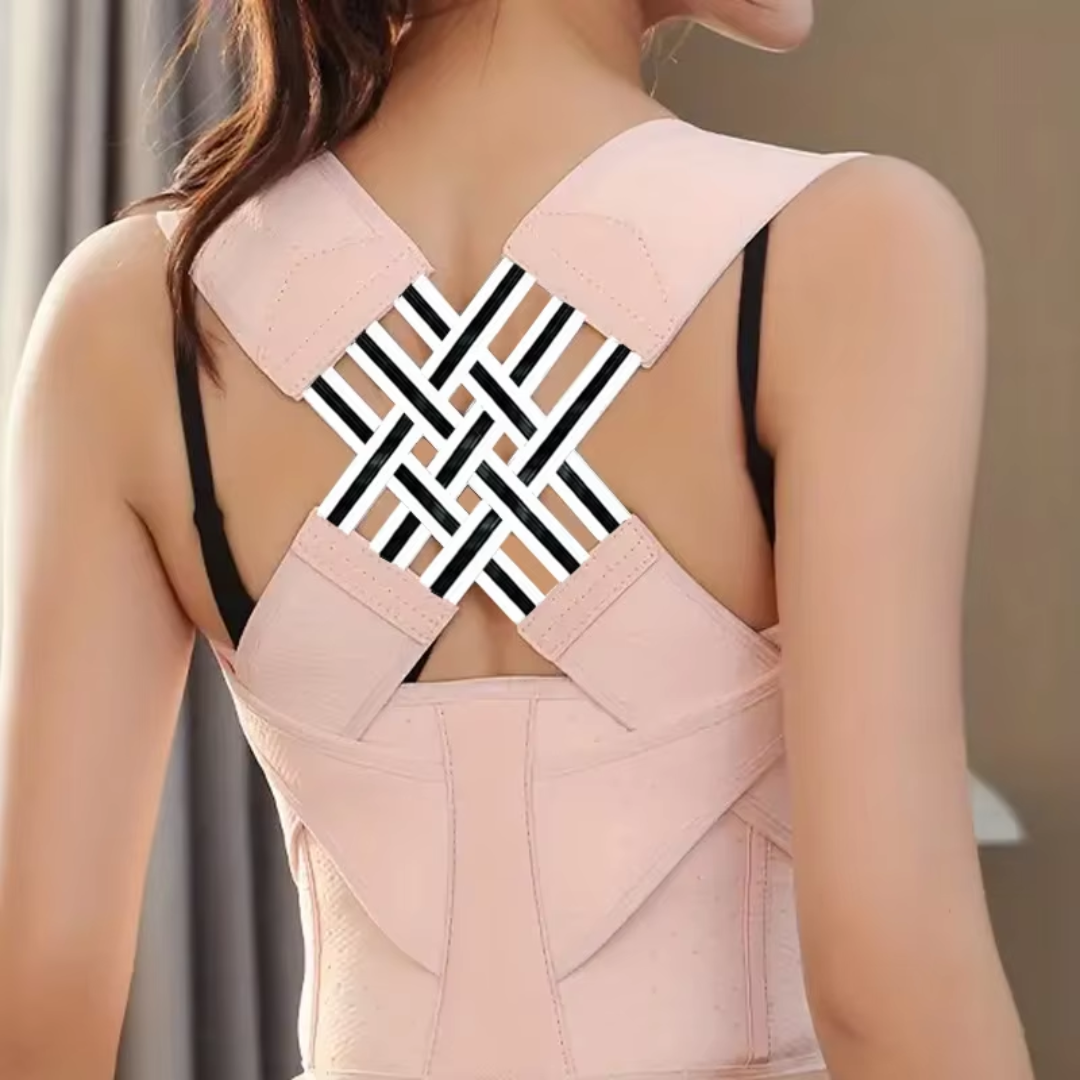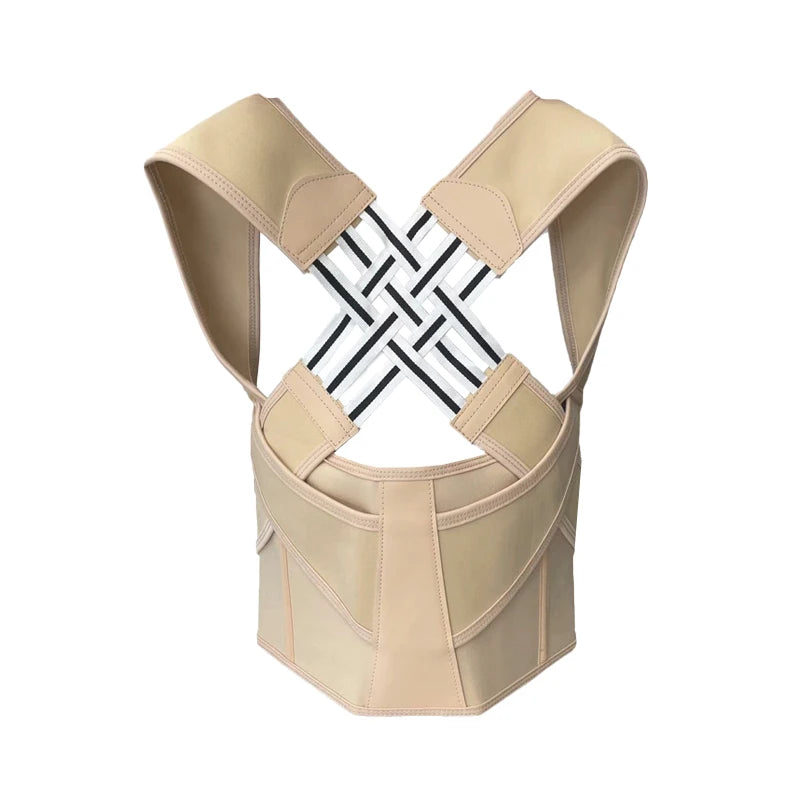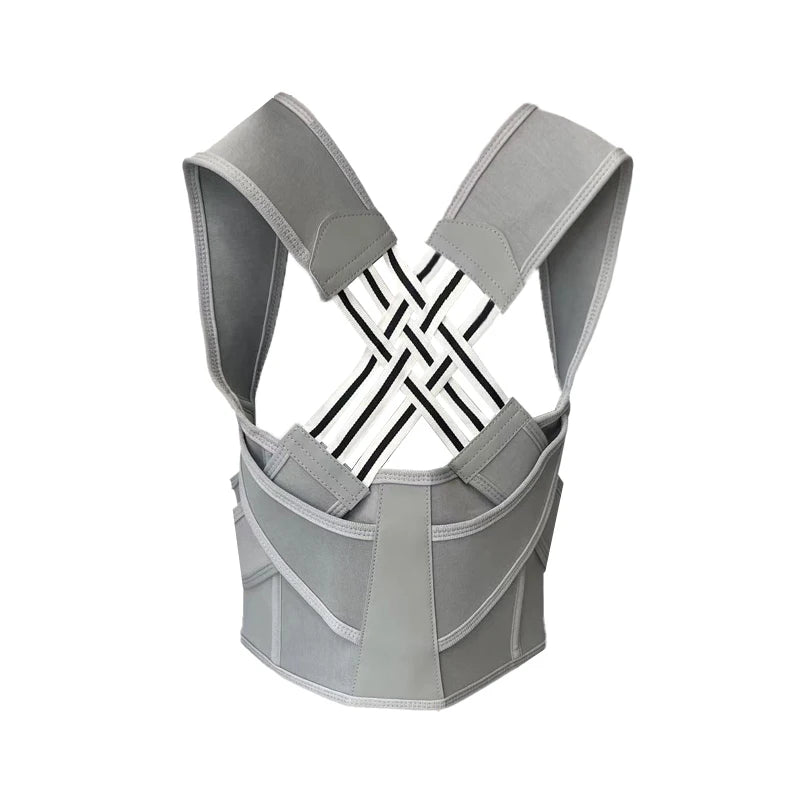Having trouble with your squats? You're not alone. Many people struggle because they lack hip mobility. This article lists 10 hip mobility exercises for better squats to help you improve your form and flexibility.
Keep reading to make your squats better!
Key Takeaways
- Hip mobility is crucial for a safe and effective squat, reducing the risk of injury.
- Exercises like 90/90 Hip PAILs and RAILs, Band Hip IR MWM, and Squat Hip Pry improve flexibility, strength, and range of motion.
- Incorporating these exercises into your warm-up routine prepares your body for squats by enhancing hip function.
- Regular practice of hip mobility drills benefits everyone from athletes to seniors with arthritis.
- Recovery techniques before and after workouts help maintain flexibility and prevent injuries.
Why Hip Mobility is Important for Squats
Hip mobility plays a key role in achieving better squat form. Good hip flexibility allows for a greater range of motion and improved stability during the movement, reducing the risk of injury.
Better form
Good hip flexibility directly influences squat form. Improved mobility allows you to maintain proper alignment throughout the movement. This ensures that your knees track over your toes, preventing injury and enhancing performance.
Exercises like 90/90 Hip PAILs and RAILs or Band Hip IR MWM target specific areas to increase range of motion. With these drills, you can achieve deeper squats and better overall leg exercises.
Strengthening hips contributes to stability during squats. Stronger hips support your lower body weight effectively. This means less strain on your back and joints while performing goblet squats or lunges.
Engaging in a routine filled with hip stretches helps enhance both strength and flexibility for improved squat technique.
Proper form leads to safer workouts.
Increased range of motion
Increased hip mobility allows for a greater range of motion during squats. This improved flexibility leads to better squat form and can help alleviate discomfort in the hips and lower back.
Many exercises like the 90/90 Hip PAILs and RAILs target this aspect specifically. They enhance your ability to drop into a deeper squat while maintaining stability.
More flexibility in your hips directly influences your overall lower body strength. By practicing hip mobility drills, you’ll see improvements not just in squats but also in other activities like running or hiking.
Engaging in these targeted stretches will ensure that your body adapts, benefiting athletes as well as individuals managing conditions like arthritis.
Improved stability
Improved stability plays a crucial role in achieving better squat performance. Strong and flexible hips enhance your balance during squats. A stable base allows you to lift heavier weights safely.
Hip mobility exercises help strengthen the stabilizing muscles around your hips. These exercises address hip tightness, which can lead to poor form and injury. Including hip flexibility exercises in your routine supports lower body strength and stability.
Such improvements make it easier to maintain proper squat form throughout the movement, reducing strain on your lower back. Focus on these key elements for optimal results in your squat mobility routine.
Injury prevention

Hip mobility exercises play a crucial role in injury prevention. They help reduce hip tightness and lower back pain, making squats more comfortable. Improved range of motion allows for better squat form.
With proper form, you decrease the risk of injuries during workouts or athletic activities.
Many individuals experience discomfort while squatting due to limited mobility. Exercises like the 90/90 Hip PAILs and RAILs or the Kettlebell Hip Bridge strengthen hip muscles and increase flexibility.
These drills benefit everyone, including weightlifters, runners, and seniors with arthritis. Keeping hips strong and flexible is key to avoiding injuries over time.
Top 10 Hip Mobility Exercises for Better Squats
Discover effective hip mobility exercises to boost your squat performance. These exercises enhance your flexibility and improve your form. They help you achieve a greater range of motion while stabilizing your movements.
Explore the top 10 drills that can transform your squatting technique!
90/90 Hip PAILs and RAILs
90/90 Hip PAILs and RAILs improve hip mobility and flexibility. This exercise targets hip tightness, which can cause low back pain. Sit on the floor with one leg in front of you at a 90-degree angle and the other leg behind at the same angle.
Push your front knee down gently to engage your hips during PAILs (progressive angular isometric loading). Hold for 10-15 seconds while using strength to push against your hand or another surface.
For RAILs (regressive angular isometric loading), pull your back knee up towards you, engaging that side's muscles. Perform these movements several times for each leg. Incorporating this exercise into your hip warm-up routine will significantly enhance your squat form and overall lower body flexibility.
The aim is to increase range of motion in the hips, leading to better squat performance and improved stability during workouts.
Band Hip IR MWM
Band Hip Internal Rotation Mobilization with Movement (MWM) builds hip strength and flexibility. This exercise focuses on improving hip rotation, allowing for better squat form. First, attach a resistance band to a sturdy object at knee height.
Stand next to it and place the band around your thigh near the hip joint. Rotate your leg inward while applying slight pressure against the band. This movement helps increase range of motion in the hips.
Incorporate Band Hip IR MWM into your warm-up routine before squats. It effectively targets tightness that can lead to discomfort during squatting exercises. Athletes, weightlifters, and those living with arthritis will find this exercise particularly beneficial for enhancing mobility training and preventing injury during workouts.
Better flexibility leads to improved stability in squats, ensuring you maintain good form as you lift heavier weights or perform lower body movements.
Adductor Rockbacks
Adductor Rockbacks target hip flexibility and strength. This exercise helps improve your squat form by increasing the range of motion in the hips. Start on all fours, then shift your weight back onto your heels while keeping one leg extended out to the side.
Feel a gentle stretch in your inner thighs and hold that position for a few seconds before returning to the starting point.
Including Adductor Rockbacks as part of your hip mobility warm-up prepares you for squats effectively. This movement addresses tightness and discomfort often experienced during squatting, making it beneficial for runners, weightlifters, and those dealing with low back pain or arthritis.
Incorporate this hip exercise into your routine to enhance overall lower body mobility and strengthen the hips for better squats.
90/90 Rotations
90/90 Rotations help improve flexibility and hip mobility. This exercise focuses on opening your hips while enhancing range of motion. Start in a seated position with one leg bent at 90 degrees in front and the other behind you, also at 90 degrees.
Rotate your body toward the front knee. Hold for a moment before returning to the starting position. Repeat this movement several times on each side. Regular practice can alleviate tightness and low back pain during squats.
Incorporate these rotations into your warm-up routine for better squat form and overall lower body mobility.
Band Posterior Capsule w/ Inferior Mob
The Band Posterior Capsule with Inferior Mobilization targets hip mobility. This exercise helps improve flexibility and strength in the hips, crucial for better squat performance. You can use a band to create tension across your hip joint.
The resistance encourages range of motion, reducing tightness that can lead to low back pain.
Regular practice of this exercise benefits various individuals. Athletes, weightlifters, runners, and even seniors will find it useful. It enhances overall lower body mobility and stability during squats.
By including hip exercises like this one in your routine, you prepare your body more effectively for squats while preventing injuries.
Hip IR PAILs and RAILs
Hip IR PAILs and RAILs target hip internal rotation. This exercise aids in improving flexibility, strength, and stability of the hips. It benefits individuals experiencing tightness or discomfort during squats.
Athletes can also use this technique to enhance their performance.
Performing Hip IR PAILs involves gently pushing into a resistance band while holding a position. In contrast, RAILs encourage pulling away from the band to increase range of motion.
Incorporating such movements into your warm-up routine helps prepare for squats effectively. These exercises foster better squat form and overall lower body mobility.
Russian Baby Makers
Russian Baby Makers effectively improve hip mobility and flexibility. This exercise targets the hips, helping to increase range of motion crucial for better squats. It also addresses tightness that can lead to low back pain during lifting activities.
To perform Russian Baby Makers, start in a deep squat with feet flat on the floor. Shift your weight side to side while keeping your chest up and spine straight. Perform this movement consistently to build strength in your hips and enhance overall squat form improvement.
This exercise is suitable for everyone from weightlifters to seniors, making it versatile for any workout routine focused on hip mobility stretches and flexibility exercises for squats.
Squat Hip Pry
Squat Hip Pry targets hip mobility and enhances flexibility. This exercise allows your hips to open up, improving the range of motion. Better hip function leads to improved squat performance.
Squat Hip Pry also helps prevent injury by increasing stability in the lower body.
To perform this exercise, start in a deep squat position. Use your elbows to push your knees apart gently. Hold this position for several seconds while breathing deeply. Incorporate this exercise into your warm-up routine before squats for maximum benefit.
You can also add it during recovery after leg workouts to maintain hip health and flexibility.
Kettlebell Hip Bridge
The Kettlebell Hip Bridge is an effective exercise for improving hip strength and flexibility. This movement targets the glutes, hamstrings, and lower back while helping to open up the hips.
It enhances your ability to perform squats with better form and increased range of motion.
To execute this exercise, lie on your back with your feet flat on the floor. Hold a kettlebell over your hips with both hands. Press through your heels as you raise your hips towards the ceiling.
Squeeze your glutes at the top position before lowering back down. Incorporating this drill into your routine can significantly boost hip mobility and stability for better squat preparation and overall leg strength.
Hip Flexor Stretch
Hip flexor stretches improve hip mobility and flexibility. These stretches target tightness in the hip area, which often causes discomfort during squats. By increasing range of motion, you can enhance your squat performance and overall lower body strength.
Incorporate the hip flexor stretch into your warm-up routine before squats for best results. This exercise is suitable for various individuals, including weightlifters and runners.
Stretching helps prevent injuries by promoting better stability in your hips while performing movements like squats or lunges.
How to Incorporate Hip Mobility Exercises into Your Workout Routine
Warm up your hips before squatting. Add mobility exercises during leg day to build strength and flexibility effectively.
Warm-up before squats
A proper warm-up before squats improves your hip mobility and overall squat performance. Hip warm-ups increase flexibility, strength, and stability in the hips. These benefits help prevent injury and reduce low back pain during squats.
Incorporate various exercises into your routine to enhance hip function. Use drills like the frogger rockback or 90/90 hip switch for effective preparation.
This approach suits athletes from weightlifters to runners, enhancing their lower body strength. Better squat form leads to improved athletic performance over time. Focus on mobility exercises as part of your leg day routine for optimum results.
Prioritize this step for lasting benefits in your fitness journey.
Recovery before and after workouts
Recovery before workouts helps prepare your body for exercise. Engage in hip warm-ups to enhance flexibility and reduce tightness. Use hip mobility exercises like the frogger rockback or 90/90 hip switch as part of your routine.
These moves promote better form during squats and increase range of motion.
After your workouts, focus on recovery techniques to help your muscles heal. Stretching is essential to maintain flexibility after intense sessions. Incorporate exercises such as the kettlebell hip bridge and hip flexor stretch into your cooldown.
This practice prevents injury and keeps hips strong for future workouts, ensuring improved squat performance over time.
Incorporating mobility exercises into your leg day routine
Incorporate hip mobility exercises into your leg day routine for better squats. Use warm-up moves like the 90/90 Hip PAILs and RAILs to loosen tight hips. Include flexibility drills such as Russian Baby Makers or Squat Hip Pry in your workout.
These exercises will help increase range of motion and improve stability.
Perform these movements before heavy lifting. They prepare your body and reduce the risk of injury. Add recovery mobility work after workouts to ease tension in muscles, especially if you face low back pain during squats.
Prioritize hip strength exercises for squats to enhance overall performance on leg day.
Conclusion
Improving hip mobility can significantly boost your squat performance. These ten exercises offer simple yet effective ways to enhance flexibility and strength in your hips. Regular practice will lead to better form and stability during squats.
Incorporate these movements into your routine for improved lower body health. Enjoy the benefits of pain-free squatting and greater range of motion!
FAQs
1. How do these exercises contribute to my warm-up routine?
Incorporating these hip mobility exercises into your warm-up routine prepares your hips for a range of motions, which is crucial for performing effective squats.
2. Will improving my hip and squat mobility impact other aspects of my fitness regime?
Yes, enhancing your hip and squat mobility will not only improve your squats but also increase overall body strength, balance, and coordination in other workouts.
3. Can I perform these exercises even if I don't plan on doing squats?
Absolutely! These are beneficial movements that can serve as a stand-alone workout or as part of a broader exercise regimen to enhance general flexibility.


